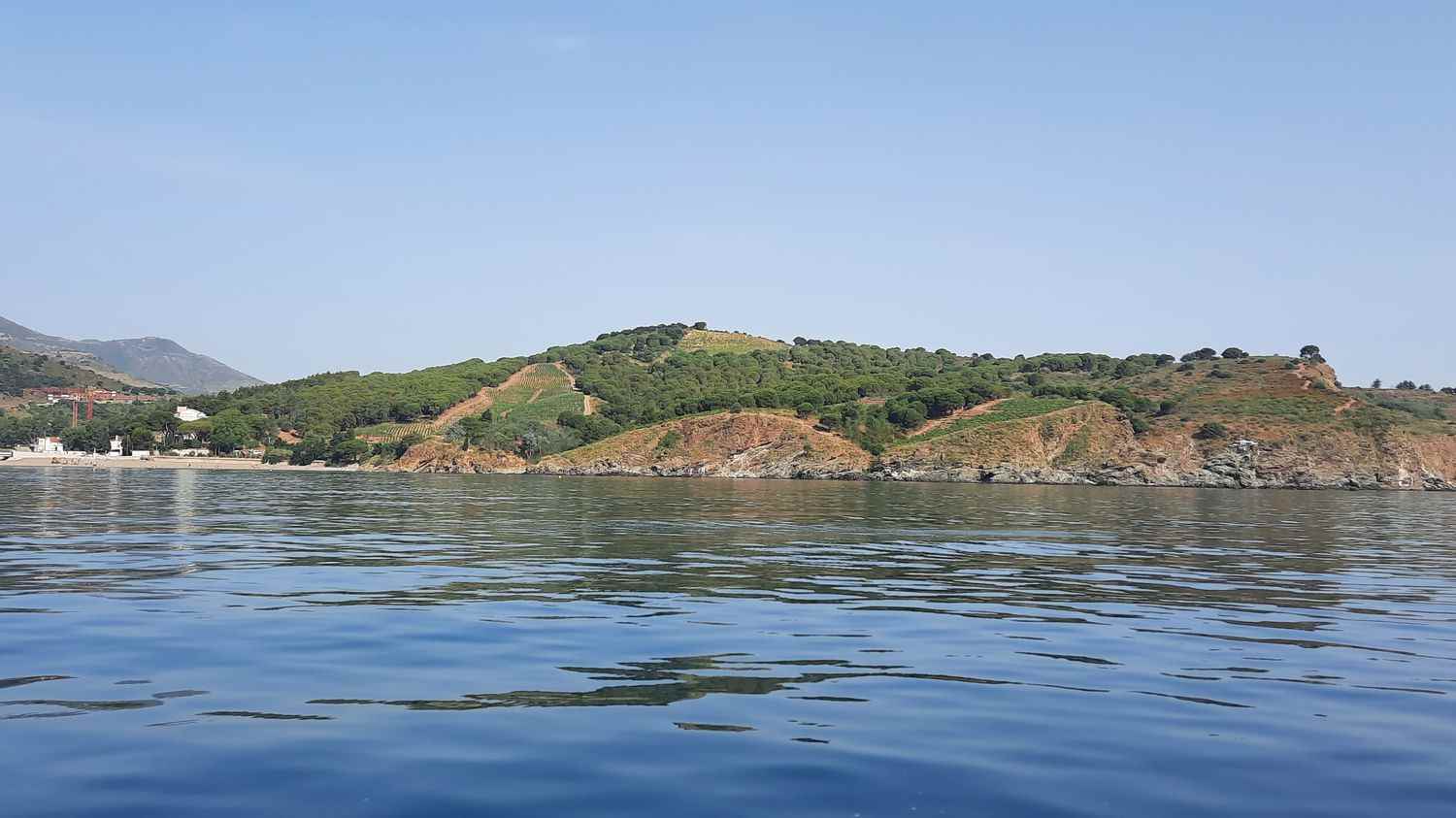In reporting on global warming, there are two options: the chronicle of the announced catastrophe, with the catalog of all the horrors that will happen, or solution journalism that goes against the fatalistic behavior that says that everything is screwed up.
Finding individual or collective initiatives that aim to delay the point of no return is what journalist Célia Quilleret has chosen, with a report on biodiversity in the nature reserve of Cerbere Banyulsa protected area, in Occitania. First French marine reserve, it was created in 1974, and covers 650 hectares of sea between Banyuls-sur-Mer and Cerbère, in the Pyrénées-Orientales.
To read the red list of threatened Mediterranean coastal ecosystems – list published by the French office for biodiversity and the natural history museum – we are entitled to have cold sweats. Fauna disturbed and environments unstructured by the implantation of exotic species which come up from the south, locally invasive, disturbing for the ecosystem; the rise in sea level which leads to a modification of the land-sea interface, in total 7 ecosystems threatened out of the 9 evaluated due to urbanization, the retreat of the coastline and tourist frequentation.
In response, it would be necessary to set up actions to protect and restore these environments, in regions particularly marked by a high population density and a high level of coastal artificialisation. It should !

Just as 30% of French maritime areas should be protected, this is the government’s objective! Should be ! Today, 1% of the Mediterranean coasts are really. What options for the journalist? Denounce the dangers that threaten the ecosystems, skepticism with the display of the obstacles that stand in front of the government project or point a projector at the preserved sites? Célia Quilleret, environmental journalist at France Inter, chooses the second alternative: a report in this marine reserve of Cerbère-Banyuls.
A protected area, respected both by fishermen and by tourism professionals, its early detractors. Because when nature takes back its rights, species reproduce, rebuild a marine ecosystem, and since there are neither nets nor walls to delimit the area of the reserve, what is at stake there “overflows” and influences the ‘immediate environment.

Everyone wins. This is somewhat what reporters involved in climate issues try to demonstrate. In the public space, discourse tends to oppose economy and biodiversity, agriculture and ecology, this is a biased view. When nature is beautiful and respected, all parties reap the benefits of a better life. Hence the need for solution journalism.
As François Gemenne, one of the authors of the IPCC (Report III) pointed out in a climate master organized by and at Radio France this week, as long as the climate remains a subject among the subjects in the newsrooms, we will not move forward.
“We cannot talk about the climate only when a report is published, a heat wave or a flood, awareness must be raised every day. without to be a depressing hammer but an uplifting awakening.
For the political world, it’s the same, continues the researcher. The climate cannot be one subject among many others, it must now be at the center.”

